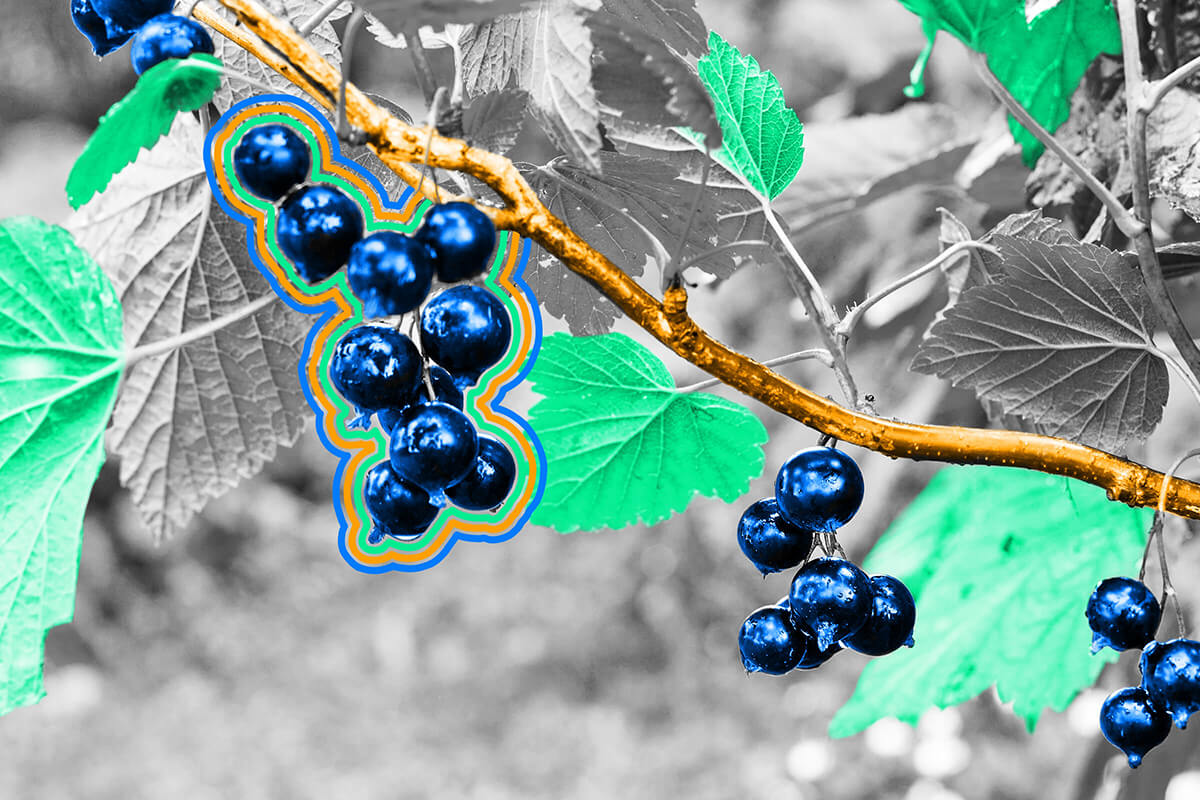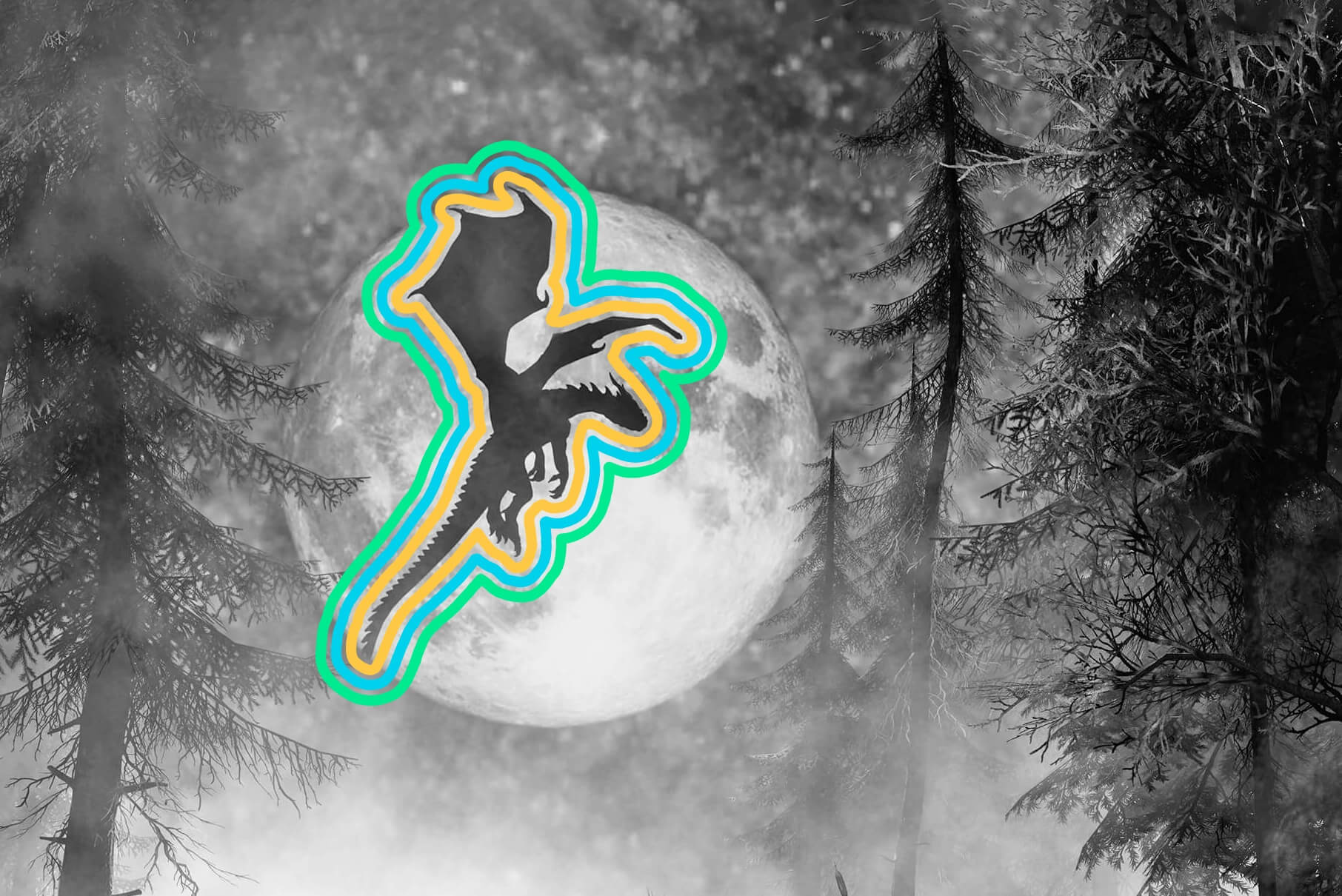
Growing black currants was once banned in the U.S.
In the United Kingdom, black currants are a go-to flavor for candies, beverages, and some medications, but fewer than an estimated 1% of Americans have ever sampled the fruit. The small, purple-black berries (which taste like a blueberry-cranberry blend) grow in clusters on the Ribes nigrum bush, and were once enjoyed by American colonists and early Presidents. In 1899, an estimated 12,000 acres of commercial farmland were dedicated to this crop, which was harvested for wine, baked into pies, and preserved as jam — but the success of American black currants was short-lived, thanks to an ecological snafu.
In the early 1900s, researchers discovered that pine trees near black currant plantings often became sick with a type of fungus known as white pine blister rust. The disease causes lesions on branches and trunks; as the blisters spread, the tree begins to die, and its evergreen needles turn a rusty hue. In an effort to protect the white pine logging industry — one of the most valuable in the nation at the time, and worth up to $1 billion — Congress banned black currants in 1911, going so far as to destroy currant farms with herbicides. Five decades later, botanists lobbied in favor of a return to currant farming, arguing that newly developed bushes were disease-resistant and posed little risk when planted away from pine trees. But despite federal approval for growing the currants in 1966, many states upheld their bans. Connecticut’s 1929 law fined anyone in possession of currant plants up to $25 until 1988, and New York — the top currant producer of old — held out until 2003. Today, black currants are making a slow comeback, with berry farmers in New York, Minnesota, Connecticut, and elsewhere hoping these fast-growing vines will be restored to their former glory.
Pine trees are known among arborists for their longevity, with some species living 300 to 500 years. Bristlecone pines are especially long-lived, with the slow-growing elders of the species reaching nearly 5,000 years old. Bristlecones are in no rush to grow, a feature that helps these hardy conifers survive in challenging climates. Primarily found among the Sierra Nevada and Rocky Mountain ranges, the trees survive despite short growing seasons, often intensely cold temperatures, rocky soils, and winds that form their trunks and branches into gnarly twists. To thrive, the trees conserve much of their energy by retaining their needles — unlike other pine trees that replace their bristly leaves every two to seven years, bristlecones hold onto their needles for about 30 years or more.

